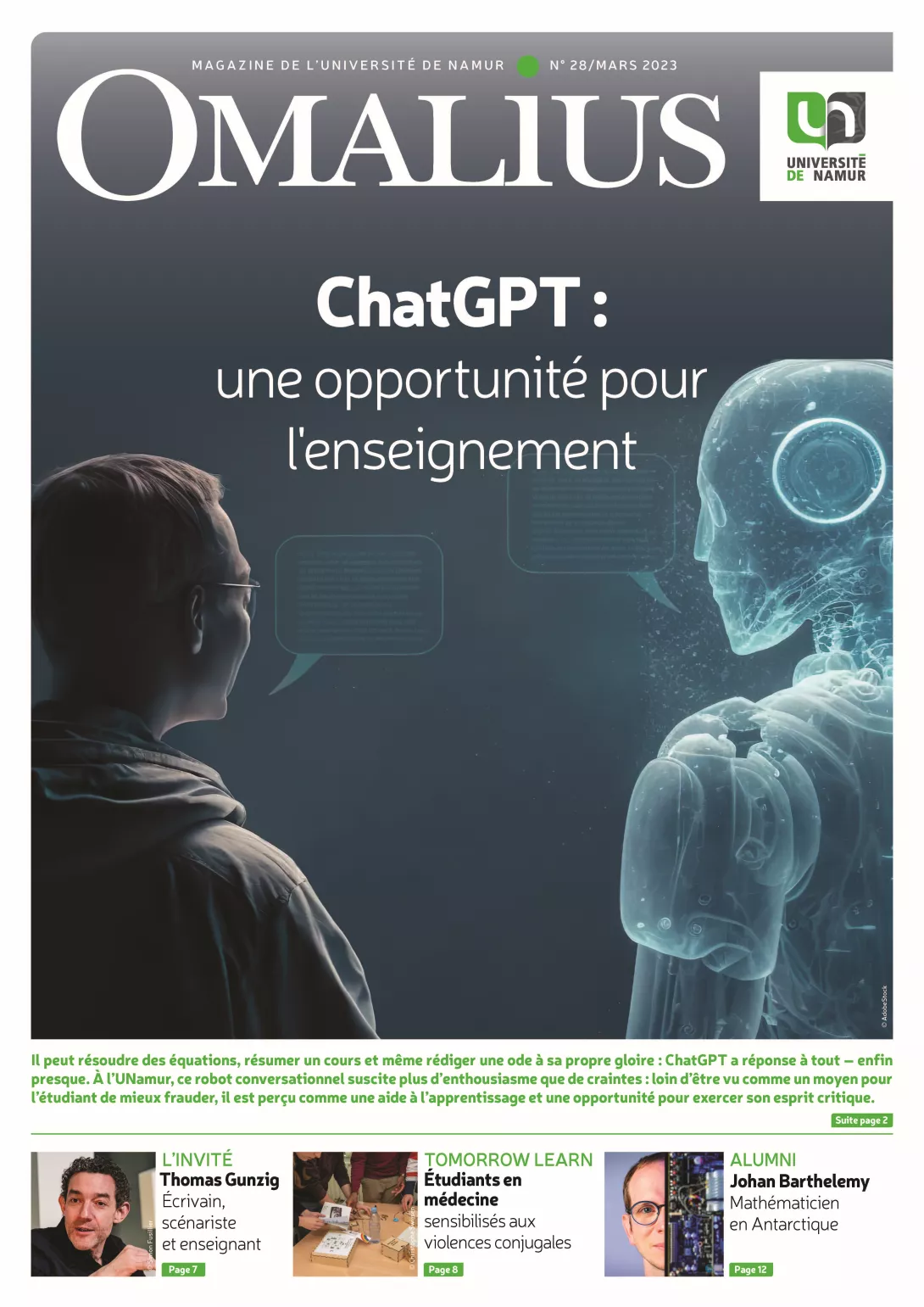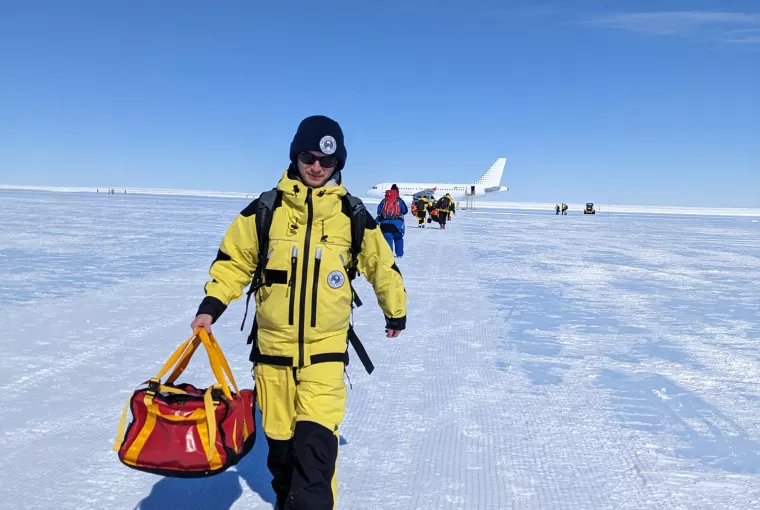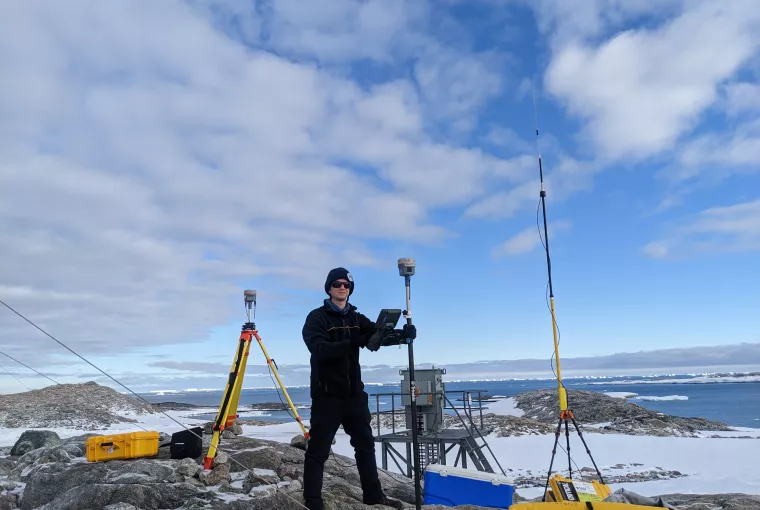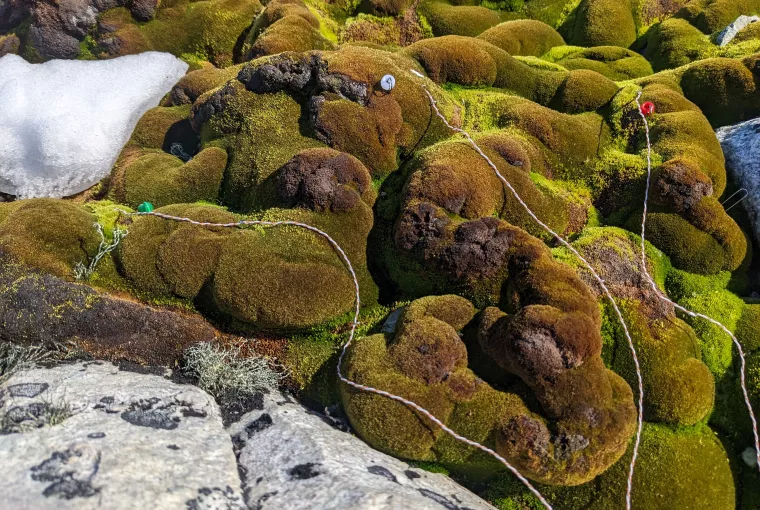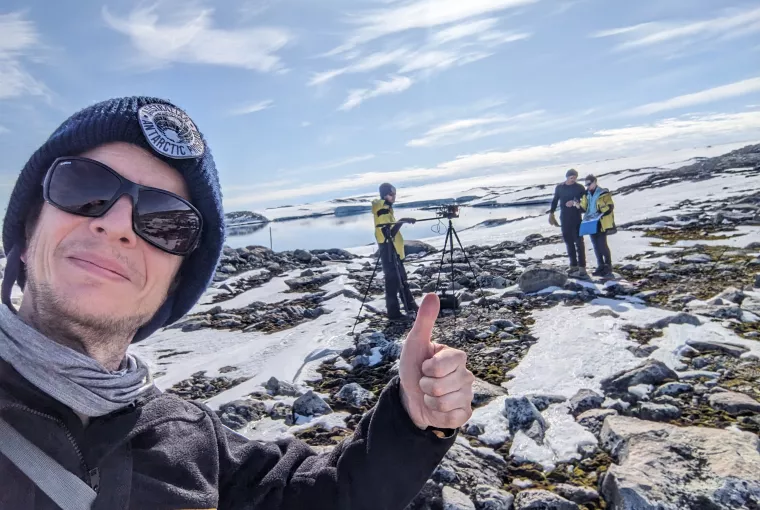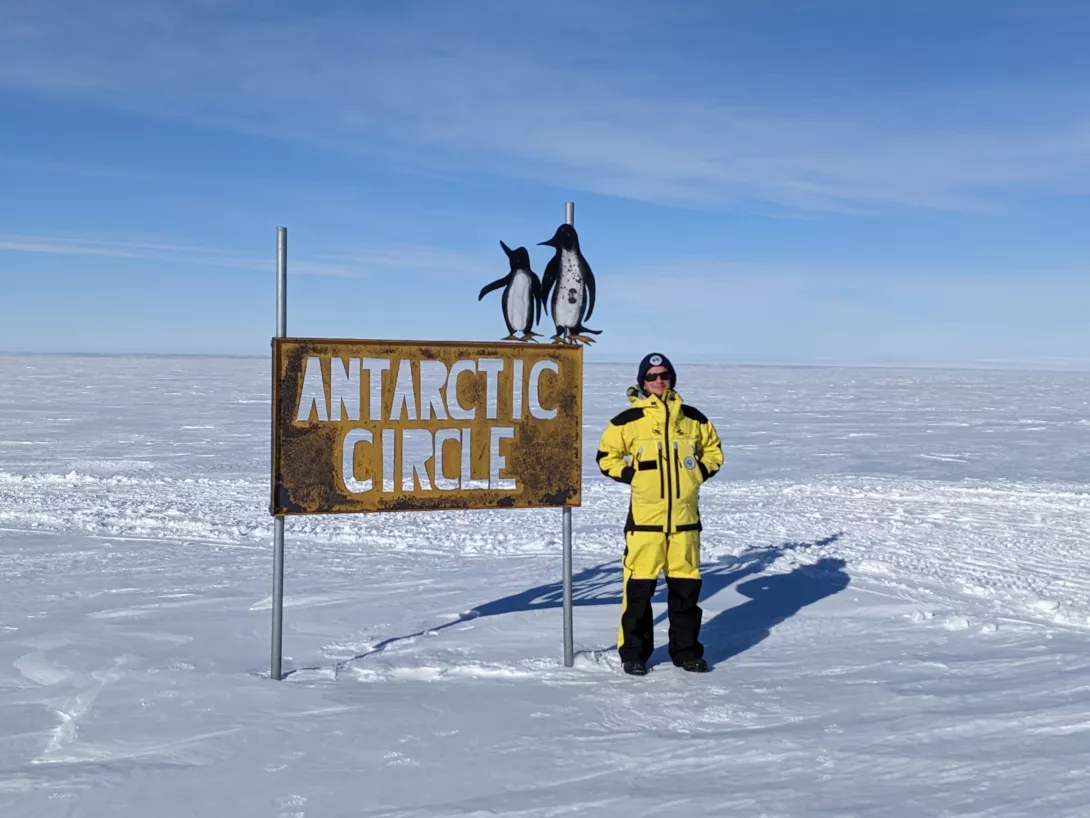
This interview was conducted for the "Alumni" section of Omalius magazine #28 of March 2023.
Can you explain in a few words your current professional activity?
As Developer Relations Manager at NVIDIA, responsible for Australia and New Zealand, I specialize in AI and help developers and researchers create, optimize, integrate and deploy their AI models. I also manage the Developer Program dedicated to large language models for the Asia Pacific South region. I also dedicate 30% of my time to research, mainly for SAEF. I am also an Honorary Senior Research Fellow at the University of Wollongong (UoW) where I supervise PhD students and manage the high performance computing equipment for AI.
You have just returned from a mission to Antarctica, what was the objective of this mission? And what role did you play in it?
The purpose of the SAEF expedition was to install a new AIoT (Artificial Intelligence of Things) platform at the Casey Research Station, to study the moss present at different sites and to map these same sites using drones. I led the AIoT team and supported the moss analysis team. My goal was to deploy the prototype AIoT platform developed at UoW to study a moss bed in the field. Being onsite allowed me to debug the code, test and validate the components for Antarctica, and verify that we were able to receive the data in real time in Australia. I also configured the LoRaWAN network infrastructure. It is the first of its kind in Antarctica, which opens the door to deploying sensors that can send real-time data to Australia and placed several tens of kilometers away from Casey.As part of the team studying the moss, I helped install sensors, collect data, and sample different varieties of mosses as well as water samples from lakes at the different sites. We also took a large amount of photos and hyperspectral scans of the sites we visited.
What is the contribution of mathematics in this type of environmental mission?
The data collected with the AIoT platform and in the field will be used to develop different microclimate models and understand the evolution of vegetation in Antarctica as well as the impact of global warming. The scans and photos will be used to create artificial intelligence models. They will automatically analyze the photos taken by the platform to detect the amount of healthy, stressed and dying moss. Eventually, these image segmentation models will be deployed within the AIoT platform. The images captured in the field will allow us to recreate 3D models of the different sites visited using Neural graphics primitives (NeRF) models. All of these activities involve different branches of mathematics, including numerical simulation, data analysis and artificial intelligence.
What did you learn during this mission?
It was one of my most beautiful experiences, both human and scientific. Every day there was something new to learn and discover. Antarctica is a special continent, sublime and completely wild, with landscapes that are constantly changing. I have been fortunate to meet 120 expedition members in Casey, each of whom has a more unique background than the last. In Antarctica, we have learned that making long-term plans is not realistic. The weather and the environment change so quickly and are so unpredictable that you have to constantly adapt to the conditions. Being so far away from everything in an extreme environment led us to find solutions with what was available to us to problems that we did not imagine when we were preparing the mission, in the warmth of our laboratory. I had some incredible experiences: survival training, camping in an individual tent outside the station, but also the boat trip. We had the chance to spend Christmas in the middle of icebergs, surrounded by whales, seals and birds. The coastal region of Antarctica is far from being a desert. On the field, we regularly had the visit of curious penguins who came to observe us at less than a meter for a few minutes before leaving. I will never forget it!
What advice would you give to young people who want to start studying mathematics?
What about recent graduates?
Don't be afraid to try things outside your comfort zone. It's in these moments that we learn the most, push ourselves and find new opportunities. You never know where it will lead.
What do you remember about UNamur?
The friendliness, the family spirit and the math club. It was at UNamur that I met my best friends!
